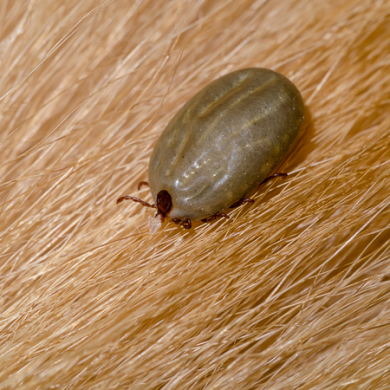CIGARETTE BEETLES
Brown dog ticks are primarily found in rural areas. They can be up to 3 inches long and their bites can cause illnesses like Rocky Mountain spotted fever, ehrlichiosis, canine babesiosis, tularemia, and other tick-borne diseases.
These ticks should be removed by placing a piece of tape on the tick’s mouthparts – which is right behind its head – so that it can’t feed on your pet. If this is not possible, you should use tweezers or gloves to pull the tick off.
The brown dog tick, also known as the kennel tick or the Cyprus tick, is a species of soft-bodied tick belonging to the family Argasidae. It is a parasitic arachnid that feeds on blood during its life cycle and is often found in household pets such as dogs, cats, and birds. Because the brown dog tick feeds on blood from warm-blooded animals, it can potentially spread diseases to its hosts. However, even though this type of tick has been known to transmit diseases such as canine babesiosis and human rickettsialpox, there is no evidence that it passes along Lyme disease.
Brown Dog Ticks Behavior
Typically, the brown dog tick is found in warm climates and will infest a home or kennel for food or shelter. To find this tick, look where pets sleep because they are more likely than humans to carry them indoors. The best way to protect your pet from these parasites is through preventative measures such as regular grooming and spot inspections for ticks. In addition, if there is a tick on your pet, use proper removal techniques to avoid spreading the parasite. Finally, if you own a kennel or boarding facility, examine pets closely before taking them home.
Brown Dog Ticks Prevention
Proper grooming habits and regular spot inspections are the best ways to prevent a tick infestation. Use a fine-toothed comb while bathing your pet in order to detect small ticks on the skin’s surface, which you can then remove carefully with tweezers or a tick remover stick. In addition, check for hidden ticks by running your fingers through your pet’s fur and inspecting the belly, legs, and ears. If you see a tick on your pet, remove it with proper removal techniques to avoid spreading the parasite.
Ticks often converge in warm areas such as kennels or yards where pets rest. To prevent infestations in these areas, keep grass and bushes trimmed and clean up fallen leaves.
Finally, if you own a kennel or boarding facility, inspect all animals before allowing them to return home. Contact your veterinarian immediately if an animal is discovered with ticks in order to prevent the spread of disease.








